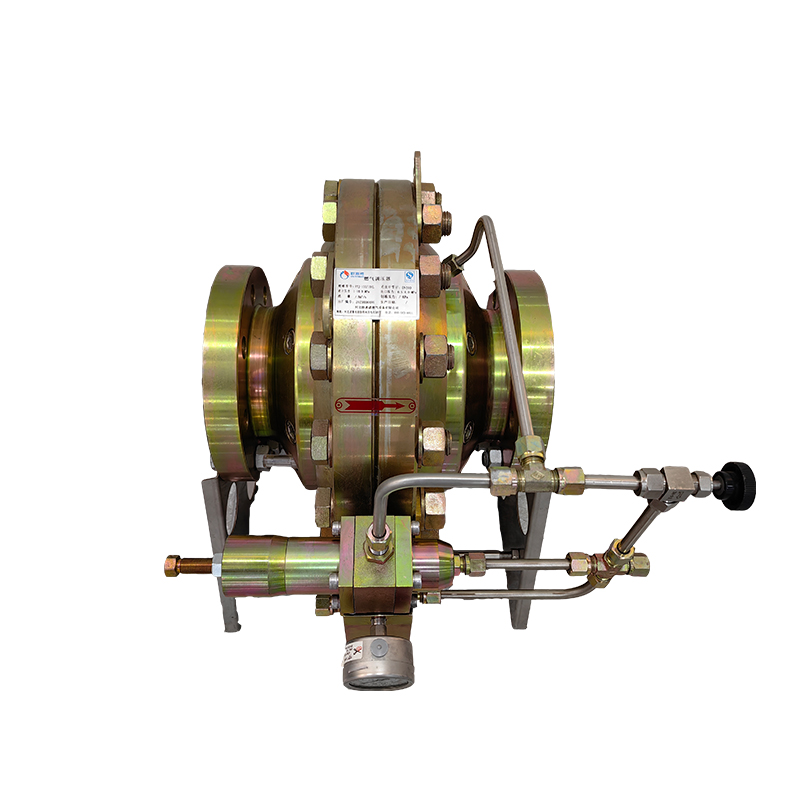
Dec . 26, 2024 12:43
Back to list
Understanding the Functionality and Applications of Pneumatic Control Valves in Automation Systems
Understanding Pneumatic Control Valves An Essential Component in Automation
Pneumatic control valves play a crucial role in the realm of automation and control systems. These valves are designed to regulate the flow of compressed air or gas within a pneumatic system, ensuring that various processes operate smoothly and efficiently. By controlling pressure, flow rate, and direction, pneumatic control valves serve as fundamental components in industries ranging from manufacturing to transportation and beyond.
What is a Pneumatic Control Valve?
At its core, a pneumatic control valve is a device that uses compressed air to operate or control fluid flow. It typically consists of a valve body, an actuator, and sometimes additional components like positioners or limit switches. The actuator is the part of the valve that responds to control signals—either manual or automated—by opening or closing the valve. In many cases, pneumatic control valves use a diaphragm or piston mechanism to achieve this action, allowing for quick and precise adjustments to airflow.
Types of Pneumatic Control Valves
There are several types of pneumatic control valves, each serving specific applications
1. On/Off Valves These simple valves are used to start or stop the flow of compressed air and are often found in basic control systems.
2. Regulating Valves These valves maintain a constant flow rate by adjusting the valve opening in response to pressure changes.
3. Directional Control Valves These valves are used to control the direction of airflow within a system, allowing operators to switch the flow from one actuator to another.
4. Flow Control Valves These valves regulate the speed of actuators by controlling the volume of air that passes through them.
5. Pressure Control Valves Designed to maintain a specific pressure level within a system, these valves prevent over-pressurization, ensuring safety and efficiency.
Applications of Pneumatic Control Valves
The versatility of pneumatic control valves makes them invaluable in various applications
pneumatic control valve

- Manufacturing In automated production lines, pneumatic control valves help manage the operation of machinery and tools, enhancing productivity and reducing manual labor.
- Automotive In the automotive industry, these valves are critical in assembly lines for controlling robotic arms that perform tasks such as welding and painting.
- Food and Beverage Pneumatic control valves are utilized in processes that require precise control of ingredients and fluid movement, ensuring product quality and consistency.
- Packaging In the packaging industry, these valves control the movement of packaging machines, efficiently managing the sealing and filling processes.
Benefits of Using Pneumatic Control Valves
Pneumatic control valves offer several advantages that contribute to their popularity in various industries
1. Speed Pneumatic systems operate quickly due to the compressibility of air, allowing for rapid response times in control applications.
2. Simplicity Compared to electrical systems, pneumatic control valves have simpler designs, which can lead to easier maintenance and fewer complications.
3. Clean Energy Source Air is abundant and non-toxic, making it an environmentally friendly option compared to hydraulic fluids or electrical systems.
4. Safety Pneumatic systems inherently have built-in safety features, such as pressure relief, which reduce the risk of accidents and injuries.
Conclusion
In conclusion, pneumatic control valves are integral components of modern automation systems, enabling precise control over airflow and pressure across various industrial applications. Their versatility, speed, and safety make them essential in enhancing efficiency and productivity in numerous sectors. As industries continue to evolve and embrace automation, the role of pneumatic control valves will only become more significant, paving the way for innovations in process control and performance optimization. Understanding their various types and functions is crucial for engineers and technicians involved in designing and maintaining pneumatic systems, ensuring that operations remain seamless and effective in achieving desired outcomes.
Latest news
-
Safety Valve Spring-Loaded Design Overpressure ProtectionNewsJul.25,2025
-
Precision Voltage Regulator AC5 Accuracy Grade PerformanceNewsJul.25,2025
-
Natural Gas Pressure Regulating Skid Industrial Pipeline ApplicationsNewsJul.25,2025
-
Natural Gas Filter Stainless Steel Mesh Element DesignNewsJul.25,2025
-
Gas Pressure Regulator Valve Direct-Acting Spring-Loaded DesignNewsJul.25,2025
-
Decompression Equipment Multi-Stage Heat Exchange System DesignNewsJul.25,2025

